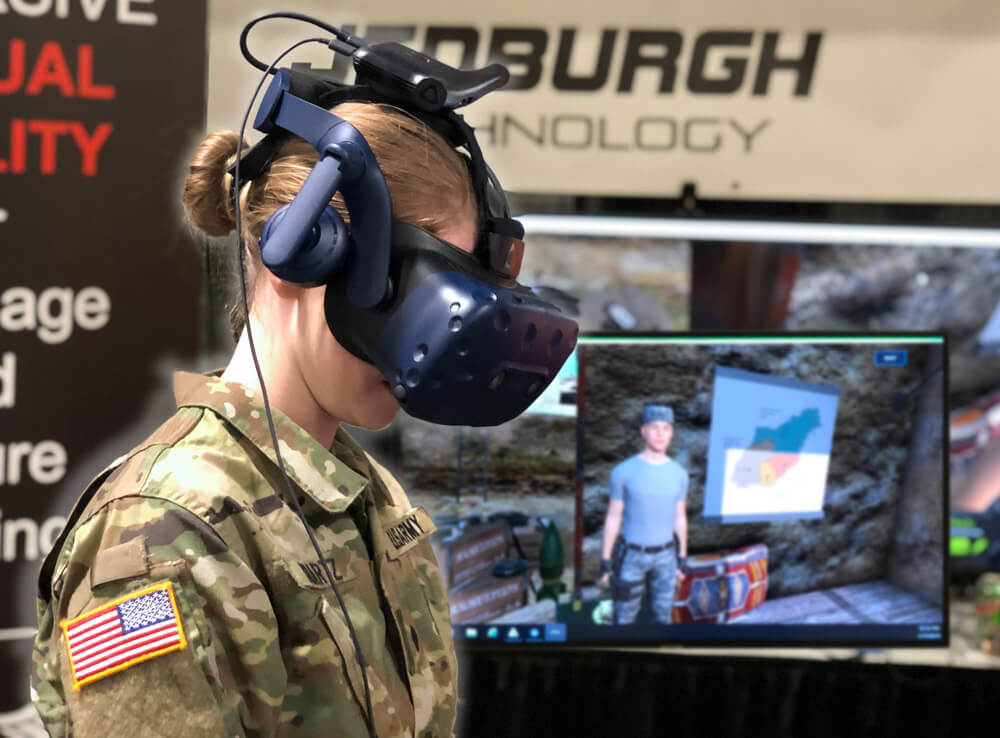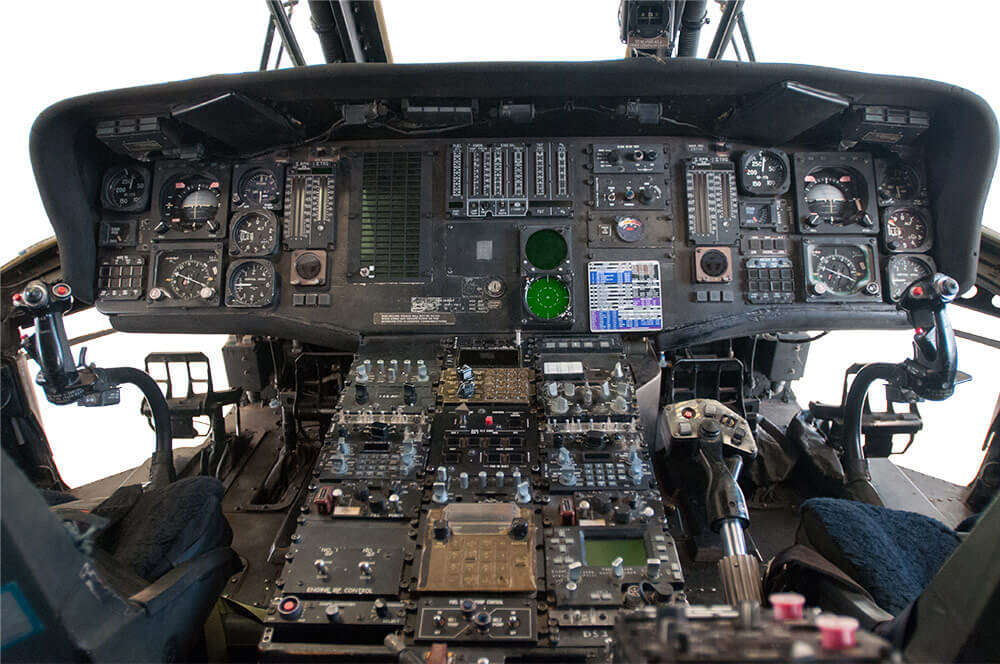Troops will be carrying less weight into deployment soon, thanks to the ongoing effort to reduce the weight of body armor. The changes should simultaneously make Soldiers both more comfortable and more efficient. Changes will include an improved outer tactical vest, reconfigured head protection that resembles a motorcycle helmet and special eyewear that transitions from light to dark in under a second.
The enhanced gear is part of the new Soldier Protection System developed at Program Executive Office (PEO) Soldier at Fort Belvoir, Va. Deploying troops are expected to receive the improved products first.
The Gear
The new vest, called the torso and extremity protection (TEP) system, will be five pounds lighter than the current outer vest, which weighs in at 26 pounds. The front and back panel designs allow the vest to be less bulky than its predecessor, and it does not have the front or back yoke nor the collar with inserts. While far more streamlined than the current vest, the TEP still offers the same or better protection and can be adjusted to meet the immediate threat level. The protection system may be issued as early as 2018 or 2019.
The new ballistic combat shirt, made of breathable fabric, will not have bulky inserts. Instead, smaller ballistic protection is actually integrated into the fabric of the shirt, yet it can be laundered normally.
PEO Soldier has also reconfigured the blast pelvic protection system. Instead of a combination pelvic undergarment and groin and thigh area outer garment, the upgraded system is worn over combat pants to protect against threats like IEDs. According to Soldiers who have tested the system, it feels more like part of the pants than what is currently in use.
A new battle belt should also help Soldiers feel more agile, as certain gear can be strapped onto the hip instead of the vest. This will alleviate some weight on the shoulders.

An integrated head protection system for combat will look more like a motorcycle helmet. Add-on items such as a visor, a lower jaw protector, a protective layer on top for use in high-threat situations and head-mounted night vision goggles can all be attached to the helmet. The redesigned head protection system could be available by 2020 or 2021. A base helmet and mission-/MOS-specific attachments will be issued upon deployment.
Although the new helmet visor does not protect eyes from the sun, there is new eyewear that transitions from clear to dark with the push of a button. As if by magic, the new sunglasses and goggles can adapt to different environments in less than a second. Authorization will be required for the eyewear, as it is not considered a required item while deployed. Commanders will have the option to buy the eyewear for troops.
A selected group of Soldiers tested the new gear across a five-week period in various training exercises and mission sets. At the end of the testing, the Soldiers weighed in on what they did and did not like, and feedback was positive. Those testing the torso and extremity protection system said they loved the streamlined design. Similarly, troops liked the look and additional protection of the helmet, particularly gunners and Soldiers in turrets.
Those on the redesign and testing teams include engineers, Soldiers and officers whose perspectives help ensure the gear is functional and comfortable in real-world use. Gear configurations are tested using warfighter tasks and other events (e.g., vehicle ingress/egress, a foot march and a grenade throw).
Integration of equipment is a top priority for the Army. Product advancements serve to help Soldiers enhance performance through lighter loads and improved technology. Advancements may also offer long-term protection against back and shoulder strain. Following approval of new configurations, Training and Doctrine Command (TRADOC) will push items out Army-wide.
By Staff Writer Rita Hess



